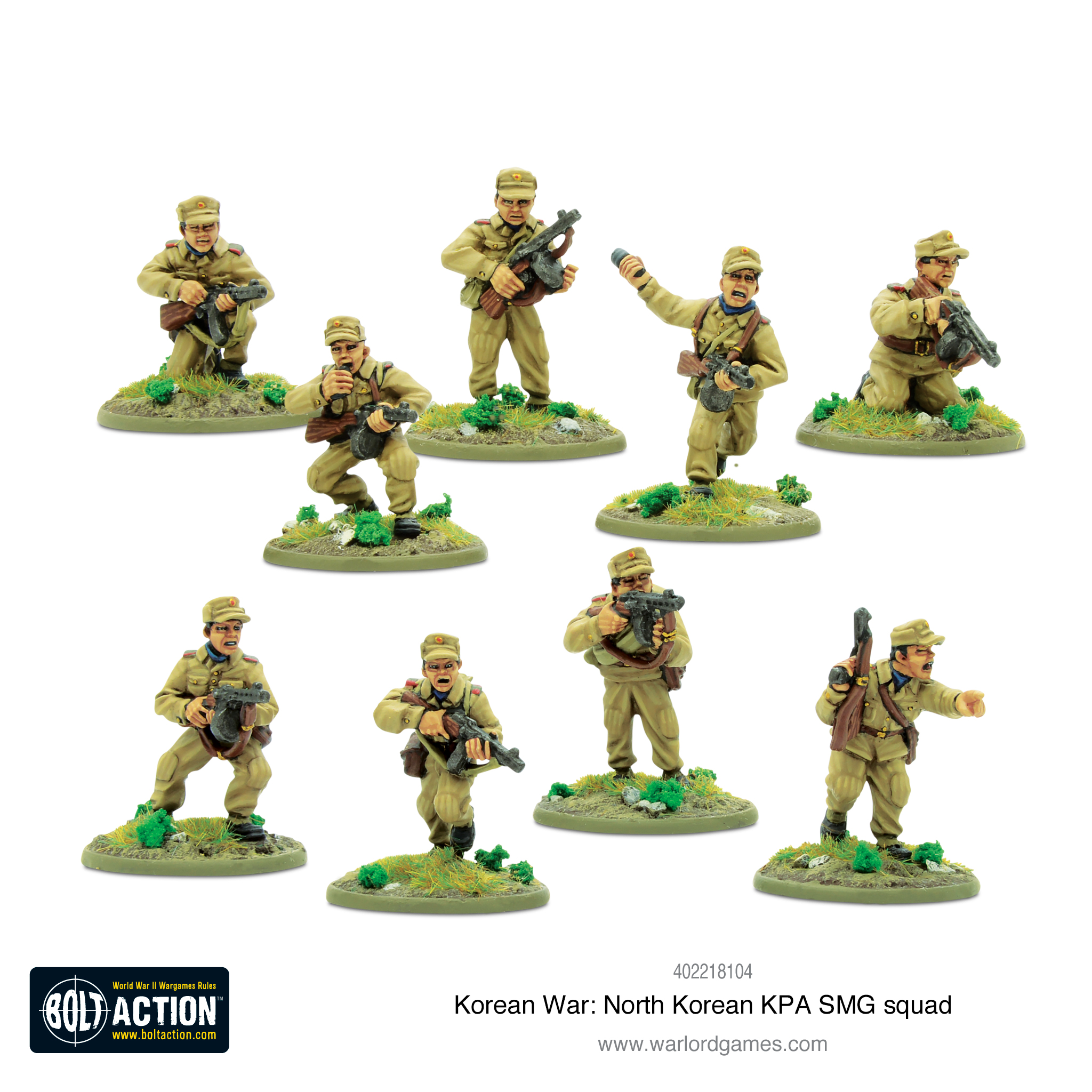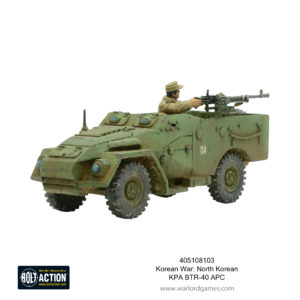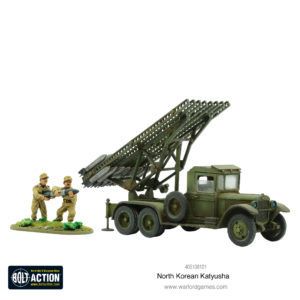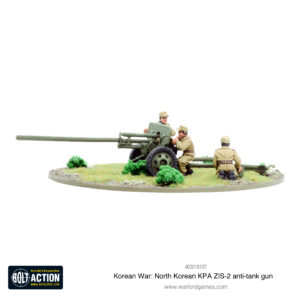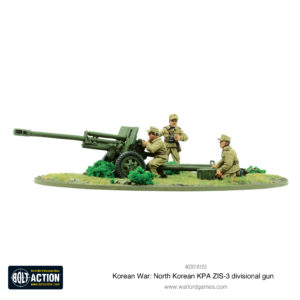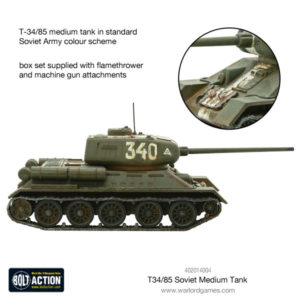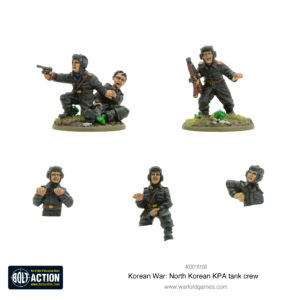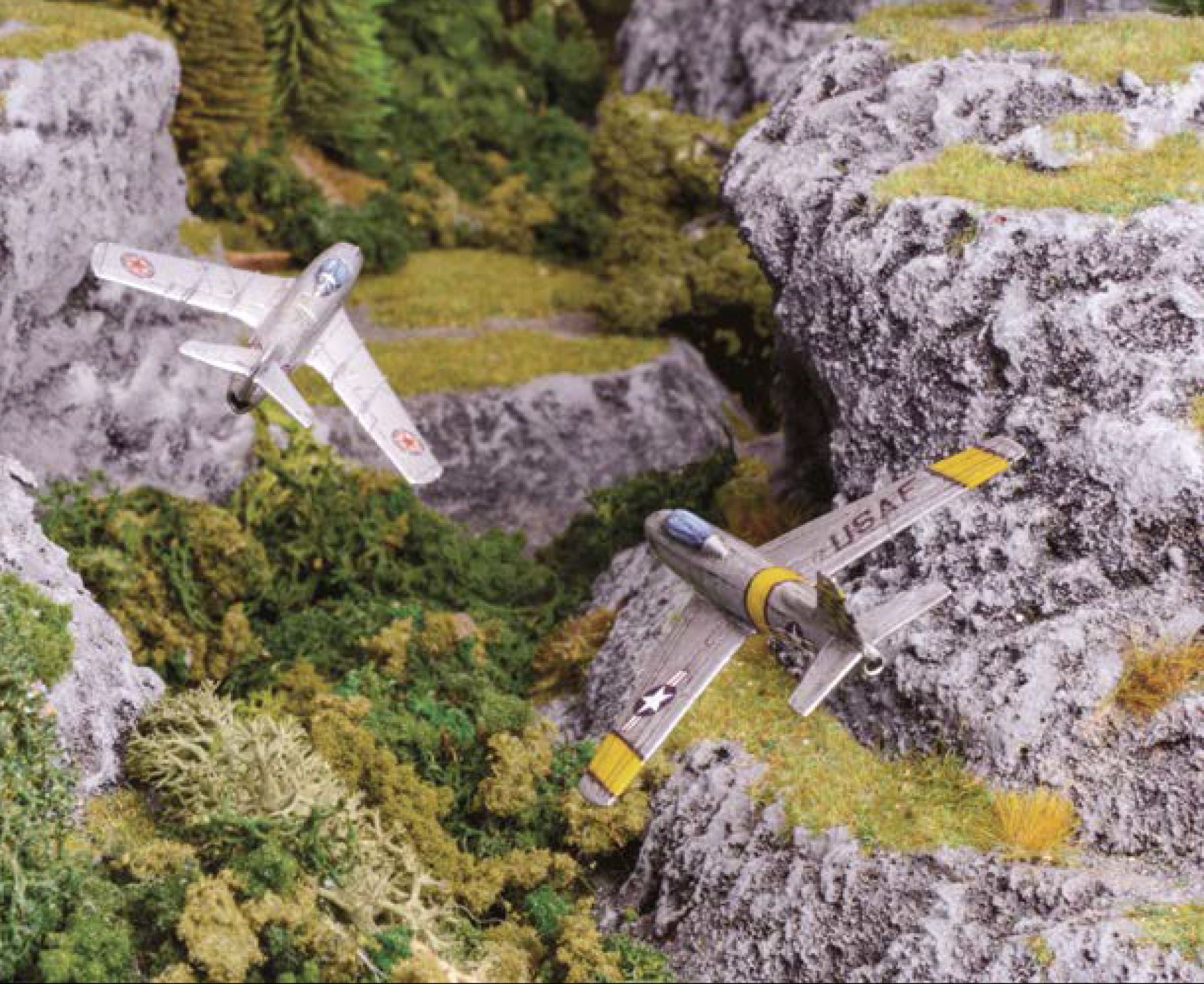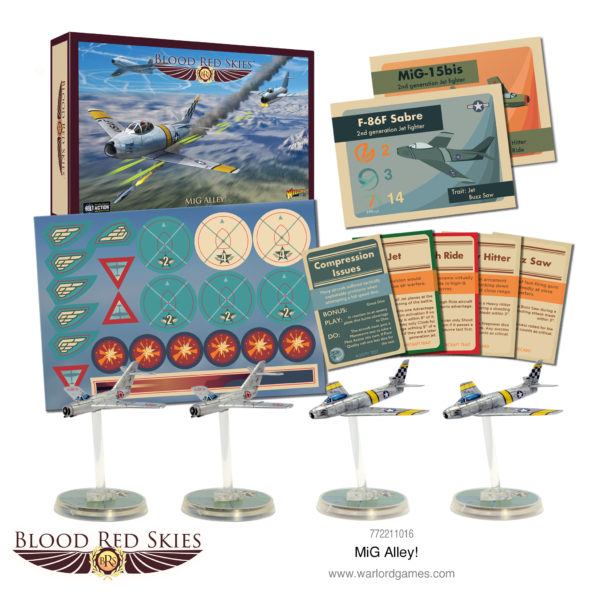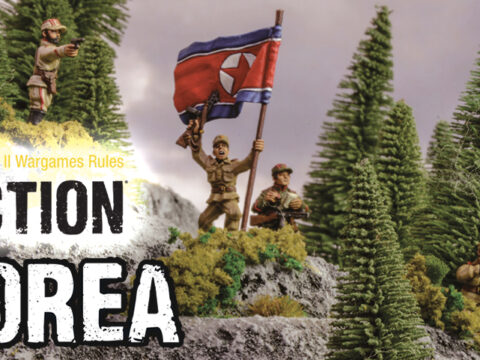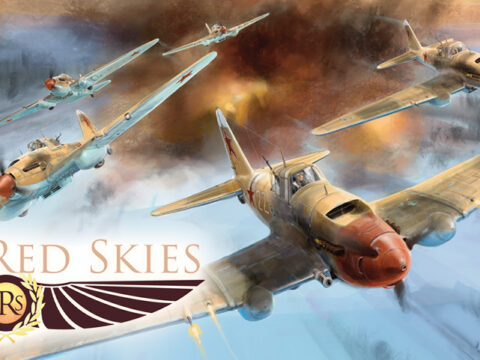Though not officially participants in the Korean War, the Soviet Union nevertheless aided both the KPA and the Chinese PVA.
Troops of the Soviet 25th Army were stationed in Pyongyang for a number of years in the aftermath of World War II. This precipitated a reorganisation of North Korean armed forces following the Soviet model. 12,000 Koreans were organised into a security force was established October 21st, 1945 in individual regions. The Shineuiju Air Force Academy was founded under Soviet leadership on 25 October 1945 in order to train new pilots.
Thus the structure of the Korean People’s Army (KPA) and Korean People’s Army Airforce (KPAAF), taking after Soviet models, were established.
Cold War
The Soviet Union, along with China and their allies, were already locked into the Cold War in 1950. As such, the nations needed to be careful not to turn it “hot”. That said, although a conflict in Korea had the potential to destabilise relations further, the Soviets could see some potential advantages.
In April 1950, Stalin gave Kim Il-Sung permission to invade South Korea. This was with the proviso that Mao would provide reinforcements from China if they were required. He was adamant that Soviet forces would not participate openly in combat. Mao agreed despite reservations about UN intervention – in the wake of a civil war China was in desperate need for Soviet economic and social aid. Mao, therefore, supplied North Korea with PLA veterans and pledged to move an army closer to the Chinese-Korean border.
Soviet involvement was thereafter concealed, at least to the extent of plausible deniability. American and UN soldiers were already present in South Korea – any Soviet engagement would have risked an escalation of the Cold War situation – with the threat of Nuclear War an ever-present possibility. Soviet participation would also have contravened UN Security Council Resolution 84.
Weapons & Armour
Both the KPA and PVA received a significant amount of weaponry from the Soviets. The PPsh-41 SMG found its way extensively to both armies, having found favour with the Red Army for its low cost, robustness and ease of use.
The KPA made extensive use of artillery, in imitation of the Red Army, in a dizzying array of sizes and shapes, and appropriated a number of leftover anti-tank and anti-aircraft guns from World War II. They also benefitted in that the Red Army had by far the largest number of tanks in WWII; over 23,000, and plenty were leftover from the “Great Patriotic War”.
The T-34-85 tank was particularly instrumental for the KPA’s early successes in their initial offensives. The US lacked sufficient armour at this time to effectively combat the heavy sloped armour of the Soviet tank. It was only later in the war with the introduction of Sherman ‘Easy 8s’ and M26s to the conflict that the armoured advantage swung to UN forces. They also received a number of armoured cars, the Katyusha truck and the extremely versatile SU-76 self-propelled gun, amongst others.
Although all this equipment provided a great boon to the forces of the KPA, it also forced swift lessons in the art of logistical warfare. Having tanks and trucks was fantastic, but keeping them supplied with spare parts and fuel required a swift education.
In the Air
Perhaps the most overt, although still denied, Soviet assistance in the Korean War was directed to the air forces of both North Korea and China. By April of 1950, the Soviets had provided 63 aircraft to North Korea. These were highly effective against the limited resources of South Korean air defences. Only the intercession of UN air forces (particularly the F-86 Sabre) could swing the balance.
The Soviets were not limited to supplying the MiG 15 jets. Both the North Korean and Chinese air forces were crying out for pilots. Indeed the Chinese air force was fantastically young with only 200 aircraft. In 1951, Stalin made the decision to supply pilots for the Korean war. The 64th Fighter Aviation corps was based in north-eastern Manchuria. Precautions were taken to disguise these pilots – by using Chinese uniforms, evading the front lines of action (for fear of capture after being shot down) and carrying instructions to only converse in basic Korean. MiG 15s only ever appeared with North Korean or Chinese markings.
Soviet pilots enjoyed considerable success in the skirmishes of “MiG Alley” over the Yalu River, as well as targeted railway attacks. The MiG 15 far outclassed UN aircraft prior to the F-86’s appearance. Despite this, the main goal of Soviet aircraft was to intercept enemy bombers, such as the B-29 Superfortress.
MiG Alley in Blood Red Skies
“MiG Alley” was the name given by the United Nations (UN) pilots to the northwestern portion of North Korea, where the Yalu River empties into the Yellow Sea.
The Mig Alley set contains all the aircraft cards, pilot discs, traits doctrine and equipment cards you need to take your games of Blood Red Skies into the Jet Age!


